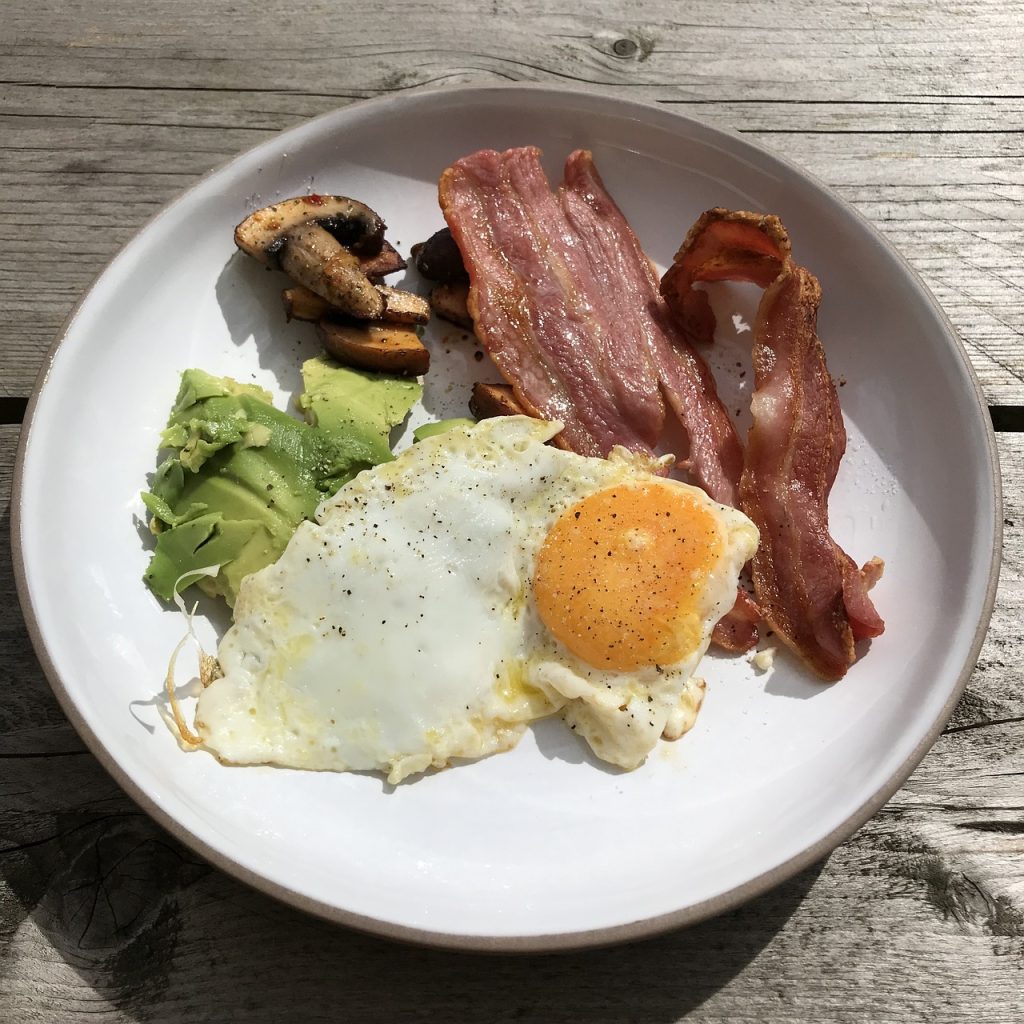Smoothies are more than just a tasty treat. They’ve become a staple for health enthusiasts, busy professionals, and anyone looking to pack a nutritional punch into their day. But beyond vitamins and minerals, one question often arises: Do smoothies have fiber? The answer is yes and depends on how you make them.

What is Fiber, and Why Does Your Body Need It?
Fiber is an essential part of a healthy diet. It’s the indigestible portion of plant-based foods like fruits, vegetables, grains, and legumes. While it doesn’t provide calories or nutrients directly, it is vital in maintaining your digestive system and overall health.
There are two main types of fiber:
- Soluble Fiber: Dissolves in water to form a gel-like substance. This type helps lower cholesterol and regulate blood sugar levels. Common sources include oats, apples, and citrus fruits.
- Insoluble Fiber: This does not dissolve in water and adds bulk to your stool, helping prevent constipation. Foods like whole grains, nuts, and leafy greens are rich in this type of fiber.
Both types are important and often work together to support gut health, heart health, and metabolic function.
Do Smoothies Retain Fiber?
Blending fruits and vegetables does not remove fiber. Instead, it breaks down the food into smaller, easier-to-digest pieces. Unlike juicing, where the fiber-rich pulp is separated and discarded, smoothies keep all the components of the fruits and vegetables intact.

For example:
- A whole apple has about 4 grams of fiber. When blended into a smoothie, it retains that fiber.
- Juicing the same apple might leave you with less than 1 gram of fiber because most of it is in the discarded pulp.
This makes smoothies an excellent way to consume fiber while enjoying a drinkable, portable meal or snack.
Factors That Influence the Fiber Content of Smoothies
Not all smoothies are created equal. The fiber content depends on a few critical factors:
- Ingredient Choices:
- Using whole fruits like berries, apples, or pears with their skin adds more fiber.
- Vegetables such as spinach, kale, carrots, and cucumbers are fiber powerhouses.
- Ingredients like chia seeds, flaxseeds, and oats can further boost fiber levels.
- Peeling Fruits and Vegetables:
- The skin of many fruits and vegetables contains a large portion of their fiber. Peeling apples, pears, or cucumbers reduces the overall fiber content.
- Blender Type:
- High-speed blenders create a smoother texture by breaking down food more thoroughly. While this doesn’t eliminate fiber, it may alter its form, making it easier to digest but just as beneficial.
- Portion Sizes:
- Larger portions with multiple fruits, vegetables, and fiber-rich add-ins naturally increase the fiber content.
The Benefits of Fiber in Smoothies

Adding fiber-rich smoothies to your diet offers numerous advantages:
- Improved Digestion:
Fiber keeps the digestive system running smoothly by preventing constipation and promoting regular bowel movements. - Satiety and Weight Management:
Smoothies with fiber help you feel full for longer, reducing hunger pangs and unnecessary snacking. - Blood Sugar Control:
Fiber slows down the absorption of sugar from fruits, preventing sharp spikes and crashes in blood sugar levels. - Heart Health:
Soluble fiber can reduce bad cholesterol levels, supporting cardiovascular health.
Tips to Make Fiber-Rich Smoothies
Maximizing the fiber in your smoothies is easy with a few practical tips:
- Include Whole Fruits and Vegetables: Use ingredients like berries, bananas, spinach, and carrots without peeling them unnecessarily.
- Add Fiber Boosters: Include a tablespoon of chia seeds, flaxseeds, or psyllium husk for an extra fiber boost.
- Experiment with Grains: Rolled oats can add both fiber and a creamy texture to your smoothie.
- Avoid Processed Ingredients: Store-bought fruit juices or sweetened yogurt may dilute the fiber content while adding unnecessary sugar.
You can read our blog: 10 High Dietary Fiber Foods That You Should Eat Every Day
Addressing Common Misconceptions
There’s a persistent myth that blending destroys fiber. This is false. The blending process does not remove fiber; it merely alters its structure. This can make the fiber easier for your body to process while maintaining its benefits.

Another misconception is that all smoothies are automatically healthy. This isn’t always true. Smoothies loaded with sugary syrups or processed ingredients can do more harm than good. Choosing whole, unprocessed foods ensures you’re getting the maximum nutritional and fiber benefits.
Final Thoughts
Smoothies are a fantastic way to incorporate fiber into your diet, making them a smart choice for anyone looking to improve their health. By selecting the right ingredients and focusing on whole, unpeeled fruits and vegetables, you can create a drink that’s not only delicious but also packed with the fiber your body needs.
So, the next time you enjoy a smoothie, you’re not just sipping on a tasty treat—you’re supporting your digestive health, managing your hunger, and fueling your body the right way.


